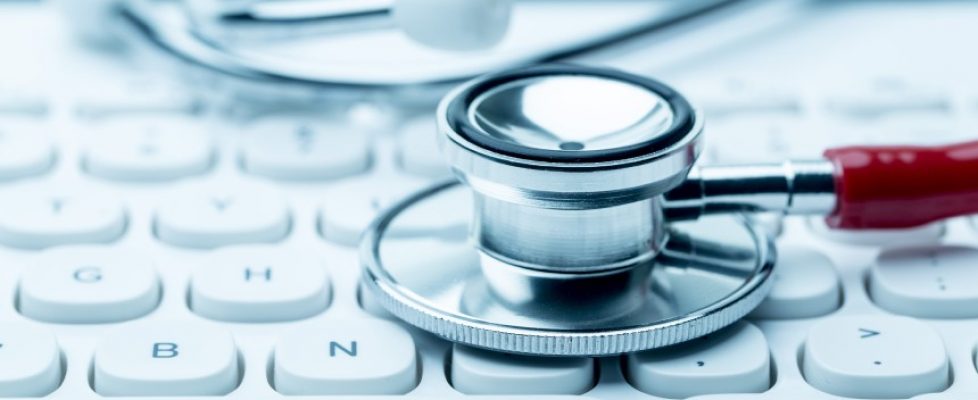Mayo Clinic using remote patient monitoring to help patients recover at home
PHOENIX (3TV/CBS 5) — Mayo Clinic Hospitals are using technology to make sure those fighting coronavirus at home have some extra oversight from heath care professionals
Mayo Clinic first started this program several years ago to help treat patients with chronic conditions like diabetes or congestive heart failure. But when the pandemic hit, they used that framework to find another way to monitor patients. The remote patient monitoring program allows medical professions to watch patients’ vital signs and symptoms, but lets them recover from home. This allow limits coronavirus exposure to doctors at the hospitals and saves critical PPE supply.
Deepi Goyal is an emergency room doctor. He caught coronavirus and started using the remote monitoring system himself.
“I can’t even tell you what a sense of comfort having that program wrapped around me when I was quarantined by myself,” Dr. Goyal said. He said it was comforting to have someone watching his vitals and knowing when to escalate care.
Patients are given a tablet to log symptoms and video chat with medical staff along with other medical tools like a pulse oximeter to monitor vitals and a thermometer.
“These nurses are remotely monitoring them, monitoring their vital signs looking for any early identification of adverse trends and proactively reaching out to patients to intervene,” said Tufia Haddad, an oncologist and the Medical Director for the Center for Connected Care’s Remote patient monitoring team.
The nurses can determine whether the patients need to head to the ER. So far, 6,200 patients with coronavirus have been helped by the program since March. Doctors say this remote patient monitoring system will change the future of healthcare, not just for helping patients suffering from COVID-19, but other conditions.
“This is going to be revolutionary. It allows us to send many of those patients home,” said Dr. Goyal. “We can change paradigm of bringing people to hospital when we want to them to be observed for a high risk condition.”

